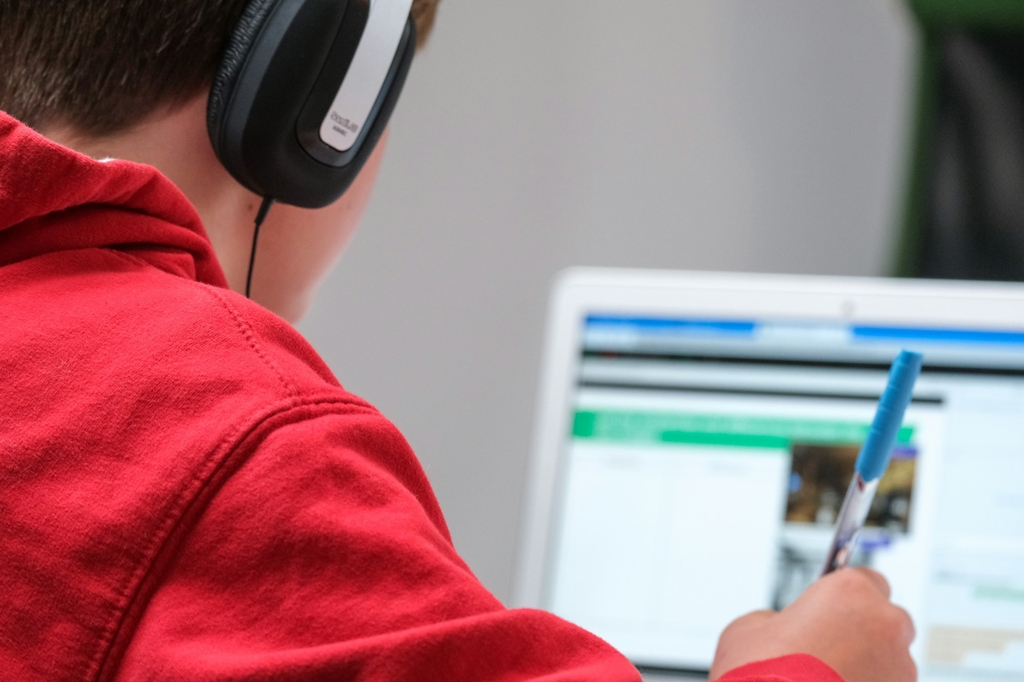Website Accessibility Checklists for 2025
Website accessibility is essential in today's digital landscape, ensuring you reach your audience, whether they have a vision problem or motor motor disabilities. Accessibility is making your website accessible for everyone.
Genie Crawl have put together a website accessibility checklist for 2025, helping you create an inclusive website.
Keyboard navigation is an important part of website accessibility. It ensures all functions can be done using only a keyboard. This is important for website visitors with motor disabilities, who find it difficult to use a mouse, or those that rely on screen readers, that operate through keyboard commands.
Pros:

Your website should be well-organised with a proper heading structure. When you use HTML heading elements correctly, such as H1, H2, and H3 headings, it allows screen reader users to understand the layout, navigating your content effectively.
This structure establishes hierarchy. Screen readers rely on these headings to navigate content, enabling the visitor to jump to the sections they are interested in.
Pros:
You also need to take your visitors with visual impairments into consideration when it comes to your website accessibility. Alternative text, or alt text, provides a description of the image, which is read aloud by screen readers, enabling visitors to understand the context and purpose of the images. It can also benefit any visitors with a slow internet connection where the images fail to load.
Your alt text should be descriptive, yet concise. It should convey important information presented in the image.
Pros:
It's important to ensure your website has sufficient colour contrast, ensuring your text and any interactive elements stand out clearly against background colours. This is important for any website visitors with poor vision or colour blindness. By implementing sufficient colour contract, you ensure your content is understandable for your audience, improving user experience, while aligning with accessibility best practices.
Pros:
A responsive design has become an essential part of an effective SEO strategy, but text resizing is just as important. This ensures your website adapts to different screen sizes, and when implemented correctly, it allows users to increase the text size. This ensures users with low vision, along with those accessible your website on their mobile device, can engage with your content effectively.
Pros:
Semantic HTML directly addresses how users with disabilities navigate and understand your website structure. It provides a roadmap for assisted technologies. This provides website visitors with the opportunity to jump between different sections, understanding the layout.
Pros:
Accessibility is creating an inclusive web experience for everyone, focusing on key elements to ensure your website is usable by your audience. If your website isn't accessible, it's time to make a change, as you could be losing out on valuable website traffic and potential customers. Contact Genie Crawl today for assistance in ensuring your website is fully accessible in 2025.
Complete the form and a member of our team will be in touch shortly to discuss your enquiry.